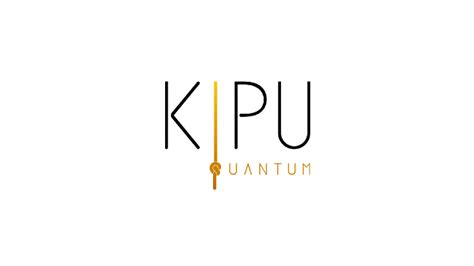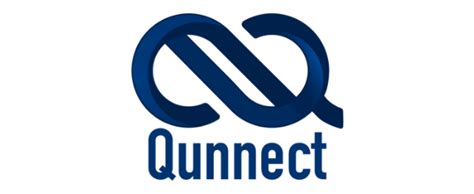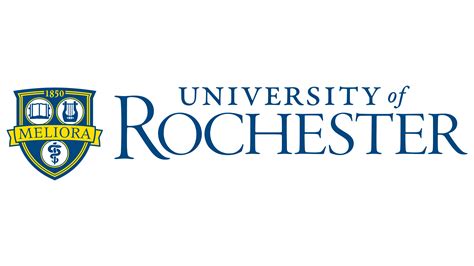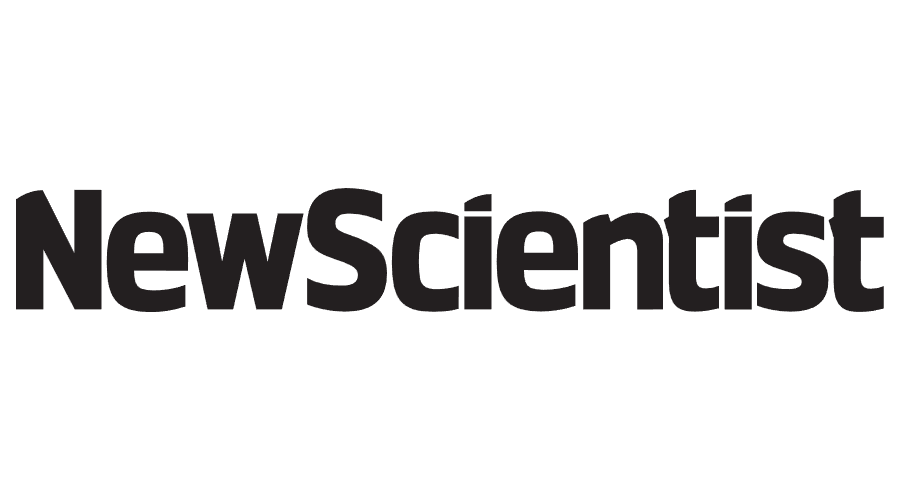
Quantum News Briefs: December 20th, 2023:
German Quantum Company Kipu Quantum Awarded a 10.5 Million Euro Seed Round

Kipu Quantum, a German quantum software company, has successfully closed a seed funding round of 10.5 million EUR, led by HV Capital and DeepTech & Climate Fonds (DTCF). The funding will fuel the development of hardware-specific quantum algorithms and expand their team of leading quantum scientists, researchers, and engineers. These advancements are set to reduce the time to market for quantum computers significantly. Kipu Quantum’s software is already being utilized by major industrial customers like BASF, showcasing its ability to run complex processes on current quantum hardware, thus shortening the timeline for industrially useful quantum computers. The company, founded by Enrique Solano, Tobias Grab, and Daniel Volz, has achieved a world record in protein folding, surpassing IBM’s previous record. It aims to revolutionize computing in various industries through its unique algorithms and deep research expertise.
EPB Quantum Network powered by Qubitekk adds Qunnect as first customer for quantum collaboration

EPB Quantum Network, powered by Qubitekk, is set to collaborate with Qunnect, a leader in quantum-secure networking technology, in a series of validation runs. This partnership marks the first instance where two commercial quantum networking companies will operate their hardware together to support a quantum distribution protocol. The collaboration aims to demonstrate the interoperability of quantum technologies across a network, a crucial step in advancing quantum technologies from laboratory research to practical, commercial applications. Both EPB Quantum Network and Qunnect’s GothamQ are among the first commercially available quantum networks in the U.S., designed to be open to companies for developing and testing quantum technologies. This initiative is seen as a significant milestone in the journey towards realizing a quantum internet and practical quantum technology applications.
Alice & Bob tapes out quantum chip to perform error correction and to demonstrate a logical qubit prototype

Alice & Bob, a frontrunner in the development of fault-tolerant quantum computers, has announced the tape-out of Helium 1, a 16-qubit quantum processing unit (QPU) that marks a significant step towards creating the company’s first error-corrected, logical qubit. This new chip, which integrates cat qubits for running an error correction code, is expected to reduce error rates with every added qubit, surpassing the performance of existing single physical qubits. Completing the chip’s tape-out initiates its characterization and calibration phase preceding its cloud release. Helium 1, designed to address both bit flips and phase flips in quantum computing errors, positions Alice & Bob closer to achieving their “six-nines” logical qubit with exceptionally low error rates, essential for fault-tolerant quantum computing. Théau Peronnin, CEO of Alice & Bob, highlights their cat qubit technology’s world-record success in tackling bit flips, with Helium 1 set to suppress remaining errors exponentially, thus advancing their roadmap towards fully realizing the computational capabilities of quantum computers.
University of Rochester Researchers Find New strategy reveals ‘full chemical complexity’ of quantum decoherence

A team of scientists led by Ignacio Franco at the University of Rochester has made a significant advancement in understanding quantum decoherence in molecules, a major challenge in advancing quantum technologies. They developed a method to extract molecules’ “spectral density” in solvents using resonance Raman experiments, which captures the complexity of chemical environments. This method provides a detailed understanding of how quantum decoherence occurs and which parts of the chemical environment contribute the most. Their findings, published in the Proceedings of the National Academy of Sciences, demonstrate how modifications in a molecule’s structure can significantly affect the rate of decoherence. This research is crucial for developing molecules with specific quantum coherence properties, potentially revolutionizing fields like computing, communication, and sensing by applying chemistry principles to design molecules for practical quantum applications.
In Other News: New Scientist article: “Google wants to solve tricky physics problems with quantum computers”

A New Scientist article highlights that researchers at Google, led by Ryan Babbush, have developed an innovative algorithm that can translate complex classical physical problems into the language of quantum mechanics, potentially expanding the capabilities of quantum computers. This algorithm allows quantum computers to tackle problems currently best addressed using classical physics and computers, such as power distribution over an electrical grid or the response of a bridge to an earthquake. By expressing the mathematics of classical systems, like those governed by Hooke’s law, in terms of the Schrödinger equation used in quantum mechanics, the team has found a way to simulate the dynamics of these systems exponentially faster on quantum computers. This breakthrough is significant because it encompasses a group of problems solvable in relatively short amounts of time by quantum computers, including tasks that are currently beyond the reach of classical computers. While the number of qubits required for this algorithm is likely beyond the capacity of today’s quantum computers, it is seen as a potential early application for moderately advanced, error-corrected quantum computers in the future.
In Other News: Fast Company article: “How to get a job in quantum computing”

A Fast Company article highlights that the global quantum computing market, valued at $866 million in 2023, is projected to grow to $4.375 billion by 2028, driven by increasing investment across various industries. This emerging technology, applicable in fields like software development, healthcare, and artificial intelligence, offers promising career opportunities with high salaries and industry recognition. To enter this field, one should choose a career path that aligns with their skills and interests, such as research, software development, or marketing. Earning an undergraduate degree in physics, programming, mathematics, or computer science is essential, and considering a graduate degree can further enhance understanding and job prospects. Gaining relevant experience through internships or positions at tech companies involved in quantum computing is beneficial. Additionally, enrolling in quantum computing boot camps and developing skills in advanced mathematics, linear algebra, probability theory, quantum programming, research, algorithmic computation, artificial intelligence, machine learning, and physics is crucial. When equipped with the necessary education and experience, candidates can explore various high-paying roles in the quantum computing sector, utilizing job boards and professional networks to find opportunities.
Kenna Hughes-Castleberry is the Managing Editor at Inside Quantum Technology and the Science Communicator at JILA (a partnership between the University of Colorado Boulder and NIST). Her writing beats include deep tech, quantum computing, and AI. Her work has been featured in Scientific American, Discover Magazine, New Scientist, Ars Technica, and more.
- SEO Powered Content & PR Distribution. Get Amplified Today.
- PlatoData.Network Vertical Generative Ai. Empower Yourself. Access Here.
- PlatoAiStream. Web3 Intelligence. Knowledge Amplified. Access Here.
- PlatoESG. Carbon, CleanTech, Energy, Environment, Solar, Waste Management. Access Here.
- PlatoHealth. Biotech and Clinical Trials Intelligence. Access Here.
- Source: https://www.insidequantumtechnology.com/news-archive/quantum-news-briefs-december-20-2023-german-quantum-company-kipu-quantum-awarded-a-10-5-million-euro-seed-round-epb-quantum-network-powered-by-qubitekk-adds-qunnect-as-first-customer-for-quantum-c/



